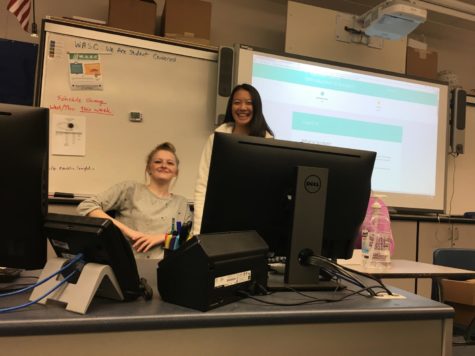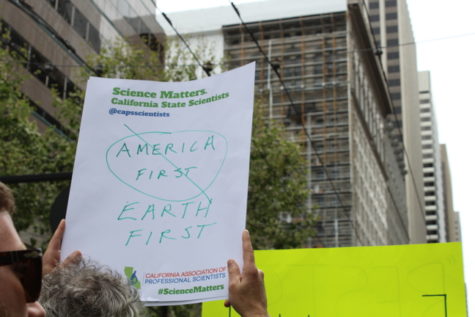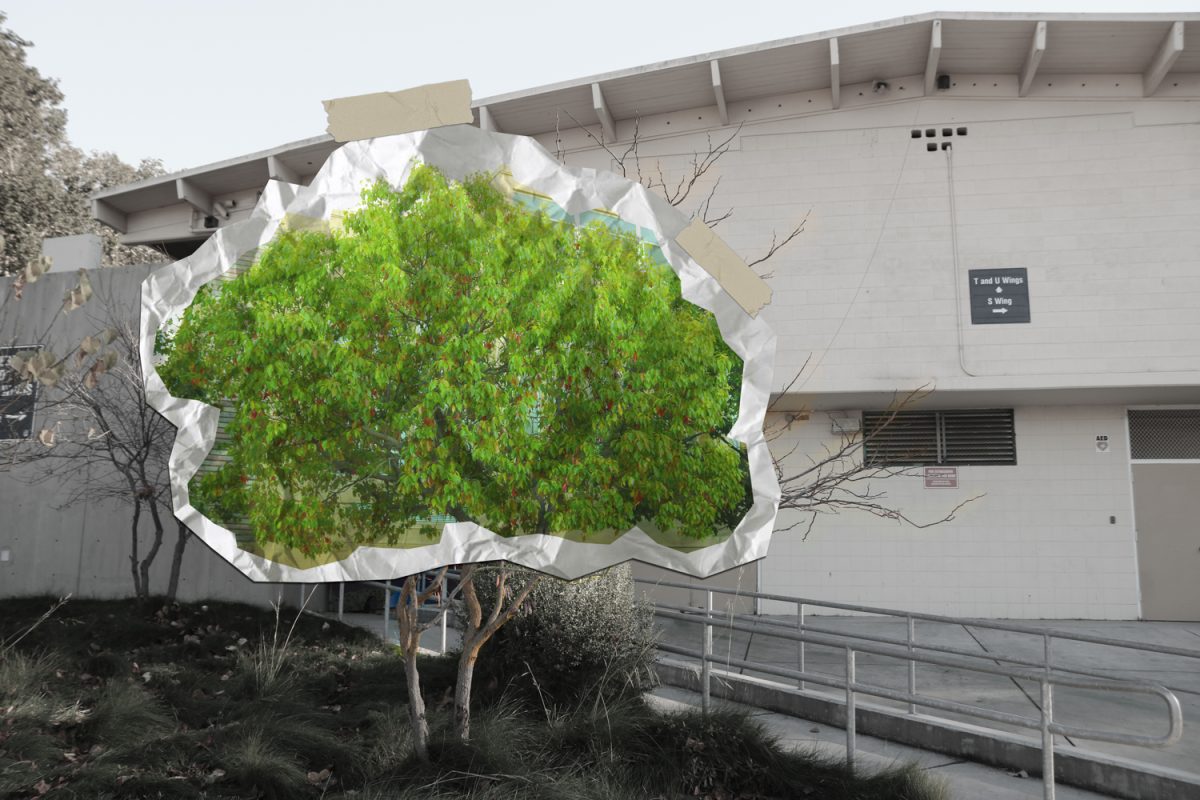Seventy-six percent of students in Julie Paoli’s AP (Advanced Placement) biology course are girls.
And that’s not normal.
The percentage of women’s involvement in the scientific workforce is much lower.
A list of the 200 highest paying jobs in California, found on USA Wage, shows that 17 of the 25 highest paying jobs in California require a background in science. Only seven of those 17 jobs have a female dominated workforce.
Not only are there fewer women in science, but they are also statistically making less money.
Regardless of age, society’s gender stereotypes influence women’s participation in the science industry.
Because of this, Carlmont’s female science teachers are working to get more females into these industries.
“I try to inspire everybody by making science fun, interesting, tangible, and applicable to life, which is especially important to girls. Having a lot of female science teachers here helps,” Paoli said.
Eight of the 15 science teachers at Carlmont are women, and the department chairs of both the science and computer science departments are female.
Gianna Westmoreland, who is in the Biotechnology Institute (BTI) program said, “Having female science teachers do inspire me to pursue a future in science. For example, Mrs. Smith, who is the head of the science department, inspires me and makes me believe I can someday be the head of a biotechnology company.”
In spite of these teachers’ efforts, some courses are still heavily gender-biased.
Jobs with a computer science background are predominantly filled by men, similar to high school courses.
Computer Science Department Chair Karyn Voldstad said, “We have 212 students taking computer science right now. We have four courses: mobile apps, CS structure, AP computer science A, and machine architecture. In the AP computer science class, we have 37 percent girls, but overall, only 26 percent of our students are girls.”
Even though the percentage of females in computer science is low, they are passionate about the work.
“It’s very strange to be in class with few girls, but I feel proud to be in a class with mostly guys,” said Kaitlin Kirkes, a female student in her first year of a computer science course. “I think women are going to have a bigger role as there are more resources for women.”
However, the BTI program has more female participation than other courses, like computer science, has.
BTI is a fairly new program at Carlmont. Within the BTI classes, students’ science, English, and history courses all connect to the sciences. BTI’s gender ratio is 51 percent male and 49 percent female.
Kayla Gustafson, a junior and BTI member, said, “I don’t see an effect at Carlmont because I know many girls that are in BTI and aren’t afraid to get involved in science.”
Yet, from high school to college and then into the workforce, women’s involvement in science decreases.
Most of the science classes at Carlmont correlate with the highest 25 paying jobs in California, according to USA Wage. However, 60 percent of those jobs are dominated by men.
A factor that influences the discrepancy in women’s involvement between biology and computer science has to do with the perceived roles of women. In general, stereotypes towards women are pejorative, making men look more dominant in society.
The cliche that women stay at home and tend to their children correlates to the type of biology jobs they dominate.
Caring for children or people is a large part of being a nurse, midwife, pharmacist, or nurse anesthetists— fields that BTI prepares students to enter.
A student in the BTI program, Ziad Kedkad said, “I think in general BTI provides a more insightful look at the booming industry of biotechnology but also a realization of medical applications.”
Along with traditional stereotypes affecting women’s participation in the science industry, experiences within the classroom sway students’ decisions.
Science Department Chair Tina Smith said, “Factors that affect the decrease of women’s involvement between high school and entering the workforce are boys being called on more often in class and professors not giving the appropriate attention and support to the student.”
An example of an authoritative figure dedicating her work to improve gender equality is Sheryl Sandberg, the chief operating officer at Facebook.
Sandberg uses the organization Ban Bossy to help inspire young women. This is a website that expresses the unequal opportunities women receive in the workforce, especially as authoritative figures.
Through photos, the website explains that male students process and come to conclusions faster, leading them to raise their hands quicker in the classroom. Teachers call on them more often, leaving female students without an equitable opportunity to participate. As a result, women’s confidence in their capabilities decreases and sways their decision to pursue a future in the science fields.
By filling the role of an executive position and showing that women can do it all, Sandberg helps inspire young women to pursue their dreams and combat societal “norms.”
Another factor that helps encourage women to pursue their dreams are women’s marches.
“It gave me a lot of hope for the future to be surrounded by people who support fact-based policy and good science, especially when the current administration doesn’t really seem to care about that kind of thing,” said Izzy Bruguera, who attended the March for Science on Earth Day in Washington D.C.
Not only do women’s marches motivate and bring hope to young aspiring female scientists, they inspire students to educate themselves.
Isabel Harnett, the president of Feminism Club at Carlmont, said, “Speaking for myself, I can say that women’s marches have inspired me to be more involved and educated.”
Through education and inspiring teachers, students at Carlmont are set up for a promising future.
Michal Nozik, a Carlmont chemistry and biology teacher, said, “The new generation is more open, less prejudiced, and less discriminating, which makes me very hopeful for the future and for the role women can play in the field.”
















